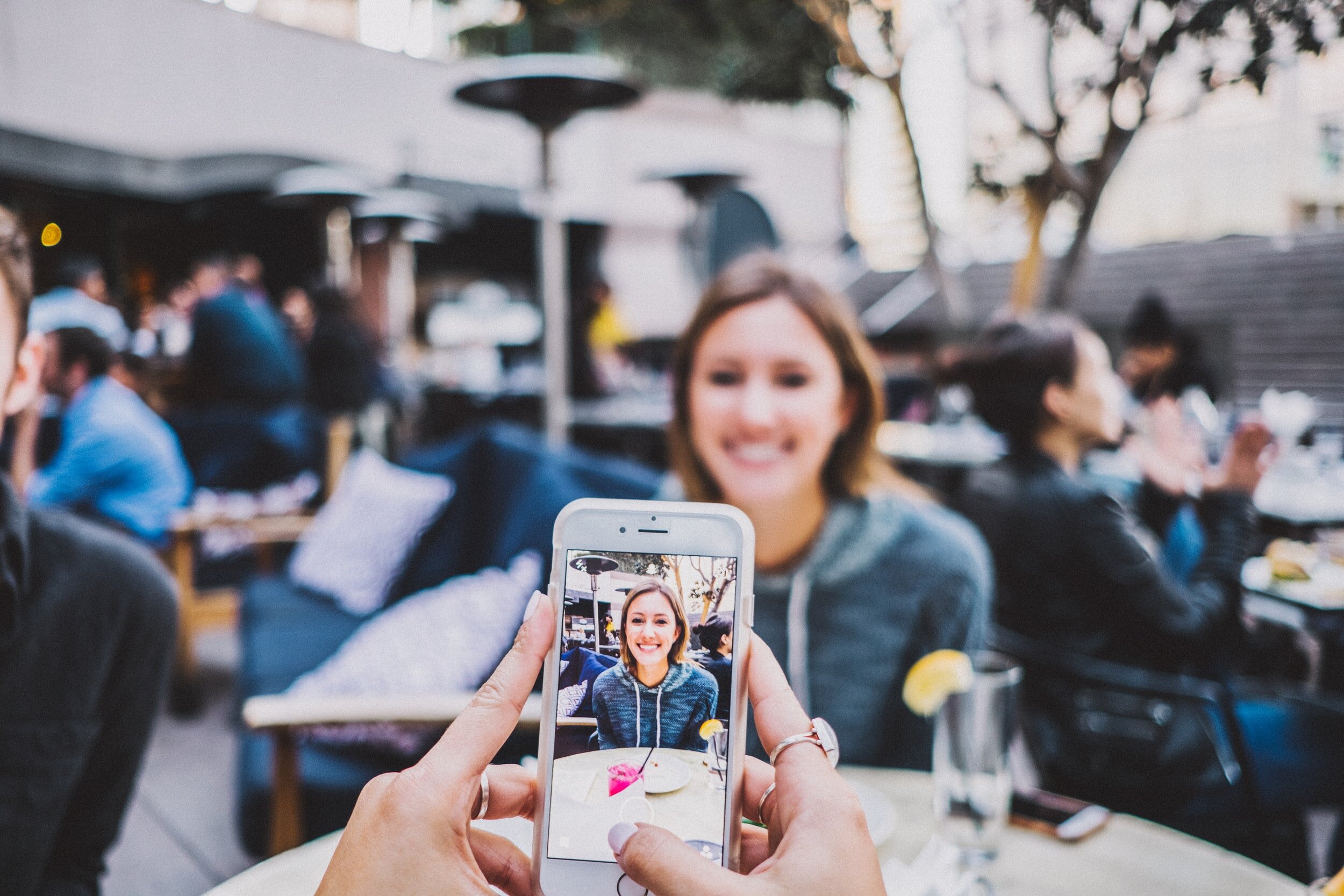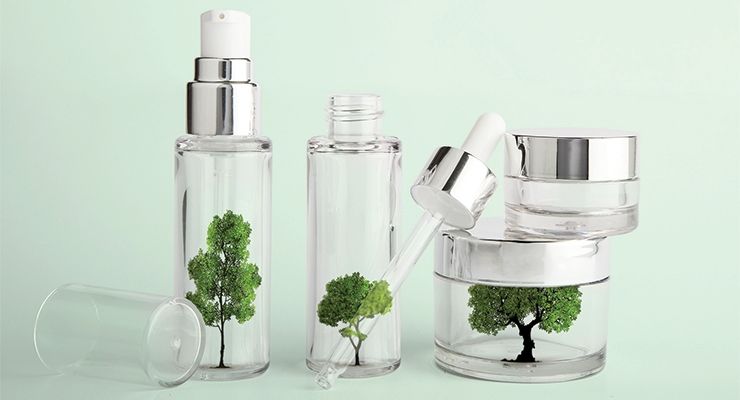In the age of digital technology and social media, the way we perceive beauty has undergone a significant transformation. The platforms that were originally intended for communication and connection have evolved into powerful influencers of beauty standards. The impact of social media on these standards is a topic of ongoing debate, with arguments on both sides of the spectrum.
Positive Influences on Beauty Standards
- Diverse Representation: Social media allows individuals to showcase their unique beauty, which has led to a more inclusive representation of beauty. People of different races, body types, and gender identities have found platforms to express their individuality and challenge traditional beauty norms.
- Body Positivity: The body positivity movement has gained momentum on social media, encouraging people to love and accept their bodies as they are. Influencers and activists use platforms like Instagram to promote self-love and body acceptance, helping to counteract unrealistic beauty ideals.
- Education and Awareness: Social media provides a platform for sharing information and educating the public on issues related to beauty standards. Users are more informed about the harmful effects of unrealistic beauty expectations, promoting healthier attitudes toward beauty.
- Community Support: Many online communities have emerged where people with similar beauty-related challenges can find support and understanding. This sense of belonging can boost self-esteem and help individuals feel more accepted, regardless of societal beauty norms.
- Authenticity: Social media has brought about a shift towards authenticity. Beauty influencers who are open about their flaws and imperfections can inspire others to embrace their natural selves, demonstrating that perfection is not a realistic or necessary goal.
Negative Influences on Beauty Standards
- Filters and Facetuning: Social media platforms often feature filters and editing tools that allow users to alter their appearance. This can create unrealistic beauty standards and lead to feelings of inadequacy, as individuals compare themselves to digitally enhanced images.
- Comparison Culture: The constant exposure to carefully curated images of beauty can trigger a culture of comparison. Users often measure their self-worth against the flawless images they see online, which can lead to low self-esteem and mental health issues.
- Pressure to Conform: Social media can exert pressure on individuals to conform to dominant beauty standards. This can be particularly challenging for young people, who may feel compelled to undergo cosmetic procedures or adopt unhealthy habits in pursuit of these ideals.
- Cyberbullying: The anonymity of social media can foster cyberbullying and body shaming, which can severely impact the self-esteem and mental well-being of those targeted.
- Short-Lived Trends: Beauty trends on social media often change rapidly, making it difficult for individuals to keep up and leading to a sense of inadequacy when they can’t meet the latest beauty standards.
Balancing the Impact
Social media’s influence on beauty standards is a complex issue, with both positive and negative consequences. To find a healthy balance, individuals and society must take several steps:
- Media Literacy: Educate individuals, especially young people, about media literacy. Teaching critical thinking skills can help them discern between reality and the carefully curated images they see on social media.
- Diverse Representation: Support and amplify diverse voices and representations of beauty. Encourage platforms and influencers to embrace and showcase the full spectrum of human beauty.
- Promote Authenticity: Encourage authenticity on social media. Influencers and users who are open about their struggles and insecurities can contribute to a healthier online environment.
- Mental Health Awareness: Promote mental health awareness and self-esteem building in schools, homes, and online communities to help individuals cope with the pressures of social media.
- Regulation: Advocate for responsible content creation and platform regulation, particularly concerning advertisements and the use of editing tools.
In conclusion, the impact of social media on beauty standards is a multifaceted issue. While it has the potential to promote diversity and positivity, it also presents challenges related to unrealistic ideals and negative comparisons. Striking a balance between celebrating individuality and countering unhealthy influences is essential for fostering a more inclusive and accepting society. Ultimately, the way we engage with social media and its impact on beauty standards is a reflection of our collective values and priorities.





